Walking with Bowie in Berlin
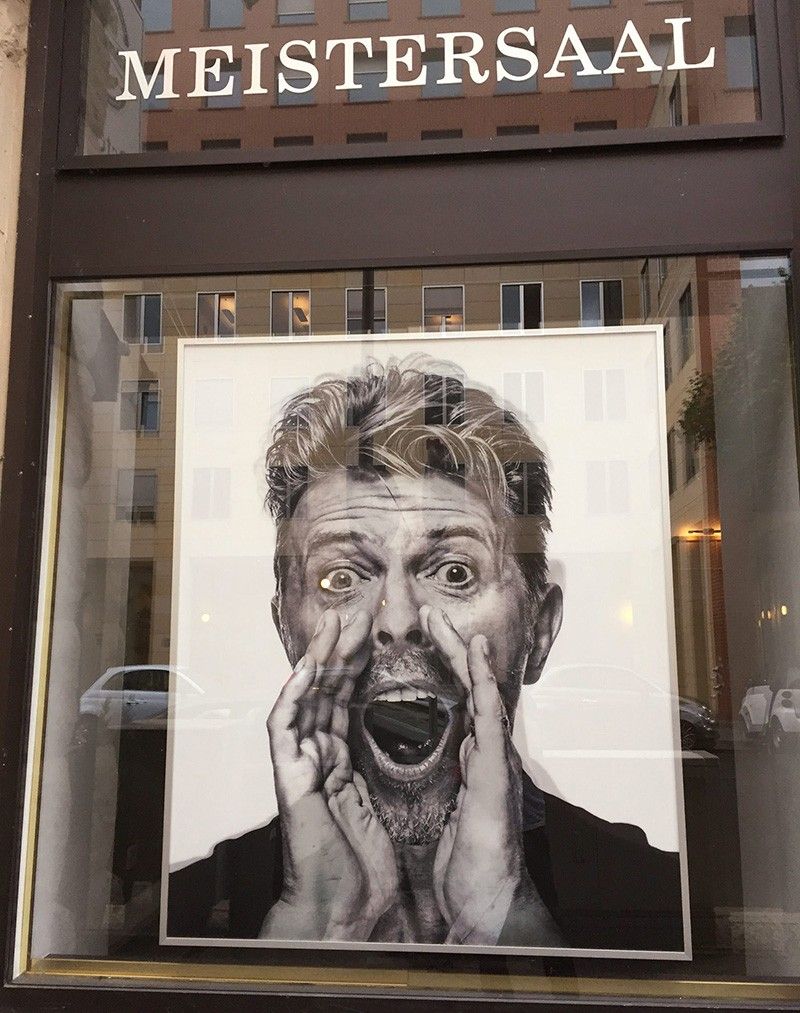
Had to get the train From Potzdamer Platz You never knew that I could do that Just walking the dead. — David Bowie, Where Are We Now?
Berlin is like one of those lenticular 3D images that shift and move depending on where you pass in front of it: from one perspective, you see Berlin before the Wall fell in 1989: still a bit Soviet Bloc-y, with architecture that you might call Cold War Progressive. From other angles, you still can see the devastation of World War II: the absence of pre-war buildings, the efforts at reconstructing old monuments. Pass another corner, into Kreuzberg, and you see an emphasis on youth and migration: rough graffiti and street art, scuzzy bars that spell blurry nights.
This is a good place to start a Bowie walking tour. You pass through the crazy punkosphere that is Kreuzberg and there sits SO36, the punk bar where David Bowie and Iggy Pop used to occasionally play and hang out. There’s a long dark corridor leading to its inner bowels, still there, still open (Helmet and L7, we see, are on the upcoming bill.)
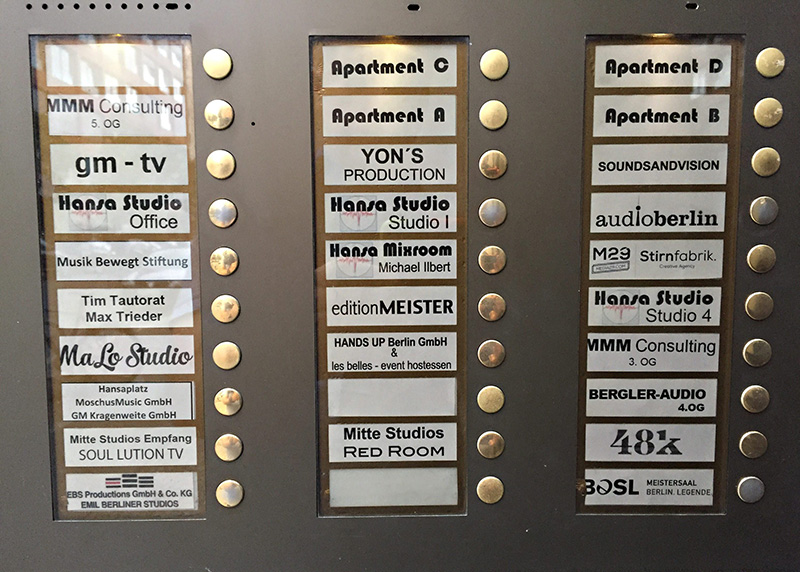
Buzz me in: Hansa Recording Studios is a Bowie mecca.
Imagining what it was like when Bowie walked these same streets, from 1976 to ’78, is a little more difficult. After all, the Cold War was still very much hot then; there was the threat of Soviet forces looming across the Wall; there was a wall, dividing the city itself.
Bowie famously recorded two of his most revered albums at Berlin’s Hansa Recording Studios, overlooking that wall. The lyrics of that title song, referencing two lovers “standing by the Wall,” were reportedly inspired by Bowie’s own bit of spying: during a break in recording, he spotted producer Tony Visconti and his then girlfriend, smooching outside the window next to the 2-km border. Boom. A romantic image that captured the turmoil of the time — or any time, really.
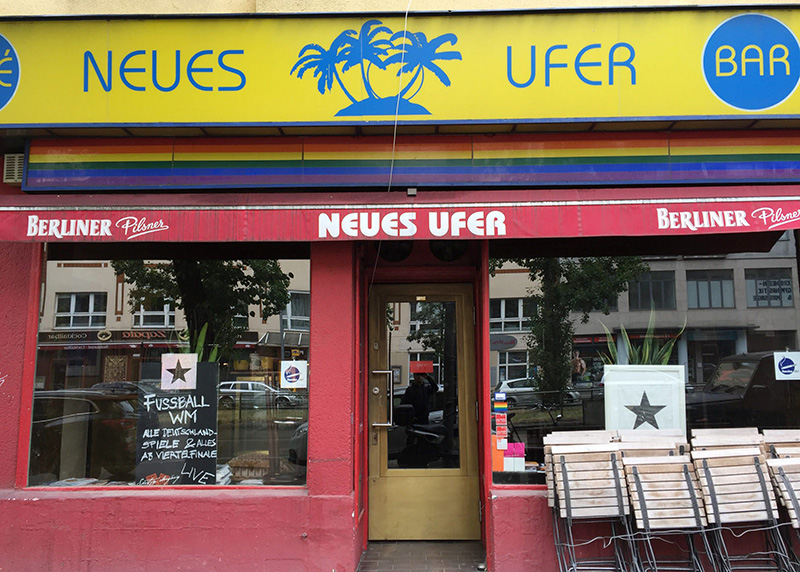
Downstairs on Haupstrasse, Bowie hung out at this café and bar.
Bowie the artist would have cherry-picked his Berlin: finding bits and pieces that made up his image of how things were. The remarkable documentary David Bowie: The Last Five Years, made after his death in January 2016, recently aired on HBO Asia and it shows the artist’s life as a series of palimpsests: images laid over images laid over images until, like those lenticular images, you get caught up in all the shape-shifting.
It focuses mainly on his final two albums, “The Next Day” and “Blackstar,” almost bookends of the two extremes of his pop life. The first is a return to “Heroes”-era rock, all whooshing guitars and drum crashes; the second, elegiac “Blackstar” teams him with a jazz ensemble, and it’s a meditative, envelope-pushing glimpse at death and what comes after. “I’m a black star,” the singer recites over and over on the title cut.
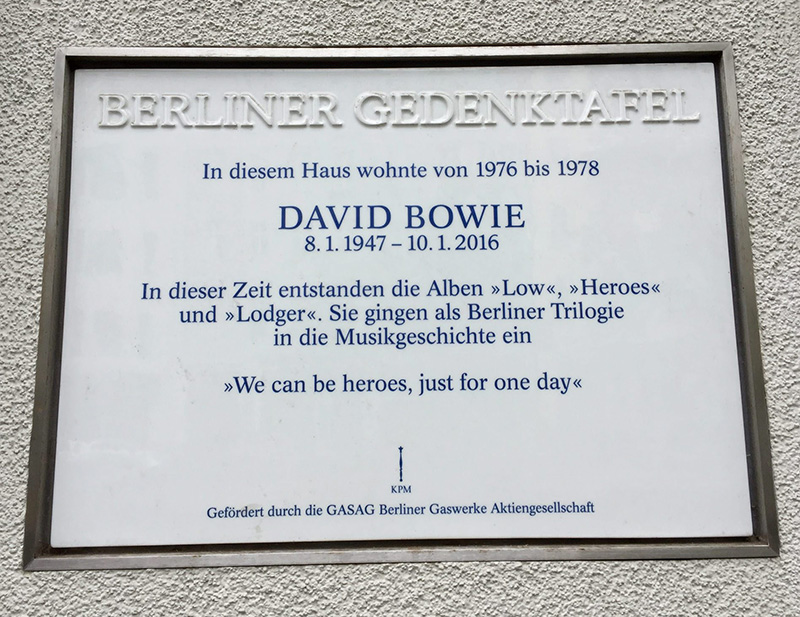
An official Berlin plaque marks the address where Bowie lived at No. 155 Hauptstrasse.
The Last Five Years also picks up on Bowie at a time when he was ready to sift through his own past, come to claim it. The “Major Tom” character from earlier songs returns in the video to Blackstar: now a sunken, fallen astronaut.
And then there’s Where Are We Now? from “The Next Day,” with its stroll through Berlin. Name-checking specific locales — you can do your own tour and perhaps visit the forest-themed Dschungel bar on Nurnberger Strasse mentioned in the song; cross Bose Brucke where “20,000 people” flooded over as the Wall came down; or check out KaDeWe, a century-old department store — Bowie strikes a somber, reflective tone. Time is also a palimpsest, a lenticular image.
Google Maps will help you find Hansa Studios. If you have the time and euros, you can book a private tour, maybe sit inside the very studios where Bowie, Brian Eno, Robert Fripp and Visconti laid down “Heroes” and “Low.” Outside the studios is another lenticular view of Bowie, literally: fixed to the building is a shape-shifting portrait; shift from left to right and see a late-era Bowie in various playful poses: eyes scanning upwards, mouth cupped in a shout-out, or simply holding a finger to his lips: “Shhhh.”
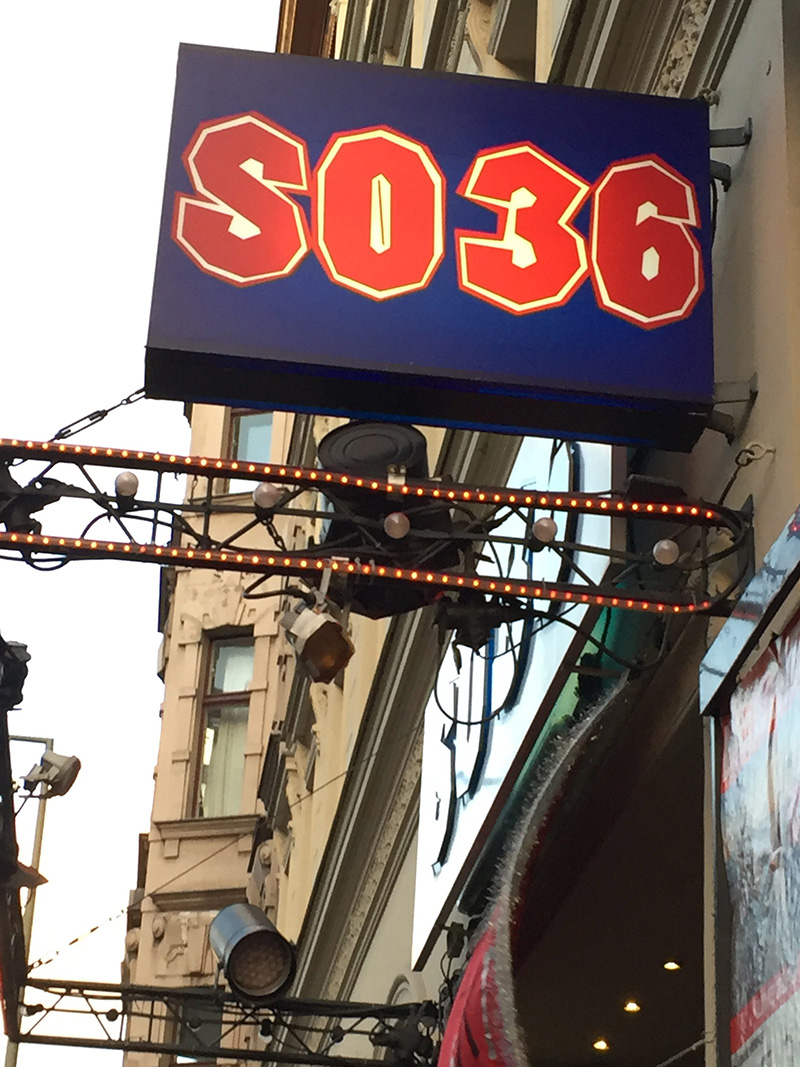
SO36 punk club in Kreuzberg
It’s admittedly weird to base your idea of Berlin on David Bowie records, but when you’ve grown up listening to “Low” and “Heroes,” Iggy’s “The Idiot” and “Lust for Life” — having them hone your notions of what might actually be “cool,” post-Eagles — you can’t help becoming curious about the place.
Hansa Studios is next to Potzdamer Platz, another locale name-checked in Where Are We Now? It’s a plaza built after the German Reunification. On the drizzly day I pass by, there’s a protest rally. Dozens of cops at the perimeter, and over 100 people wearing Guy Fawkes masks (you know, like in V For Vendetta). What’s the object of their displeasure? Is it Merkel? Is it Trump? Today, it’s mistreatment of animals. Over 100 plastic masks worn in defense of animal rights. That’s where we are now.
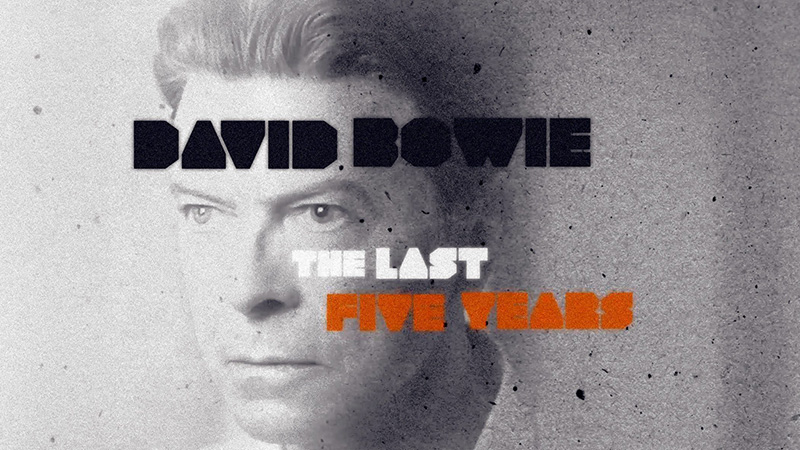
David Bowie: The Last Five Years airs on HBO locally. Check hboasia.com for repeat showtimes.
I ended my personal Bowie walking tour at Hauptstrasse, down a special little strip of sidewalk, stopping at No. 155 where the Thin White Duke lived upstairs from ‘76 to ’78. (An online petition in 2016 sought to change the name of this street to David Bowie Strasse.) Next door on the sidewalk is the funky Neues Ufer bar and café where Bowie would regularly hang out (today there’s his “Blackstar” album cover framed in the window), and a few paces away is an official gedenktafel (plaque) reminding us of the fact that Bowie recorded the “Berlin Trilogy” in this city, many, many layers ago. It is weird to think you can see a city through the now-shuttered eyes of a black star, but somehow it makes me love Berlin a little bit more.
* * *
Follow me on IG @scottgarceau. Visit #scoot2berlin and #bowieinberlin for more views of Berlin, including Bowie sites.















